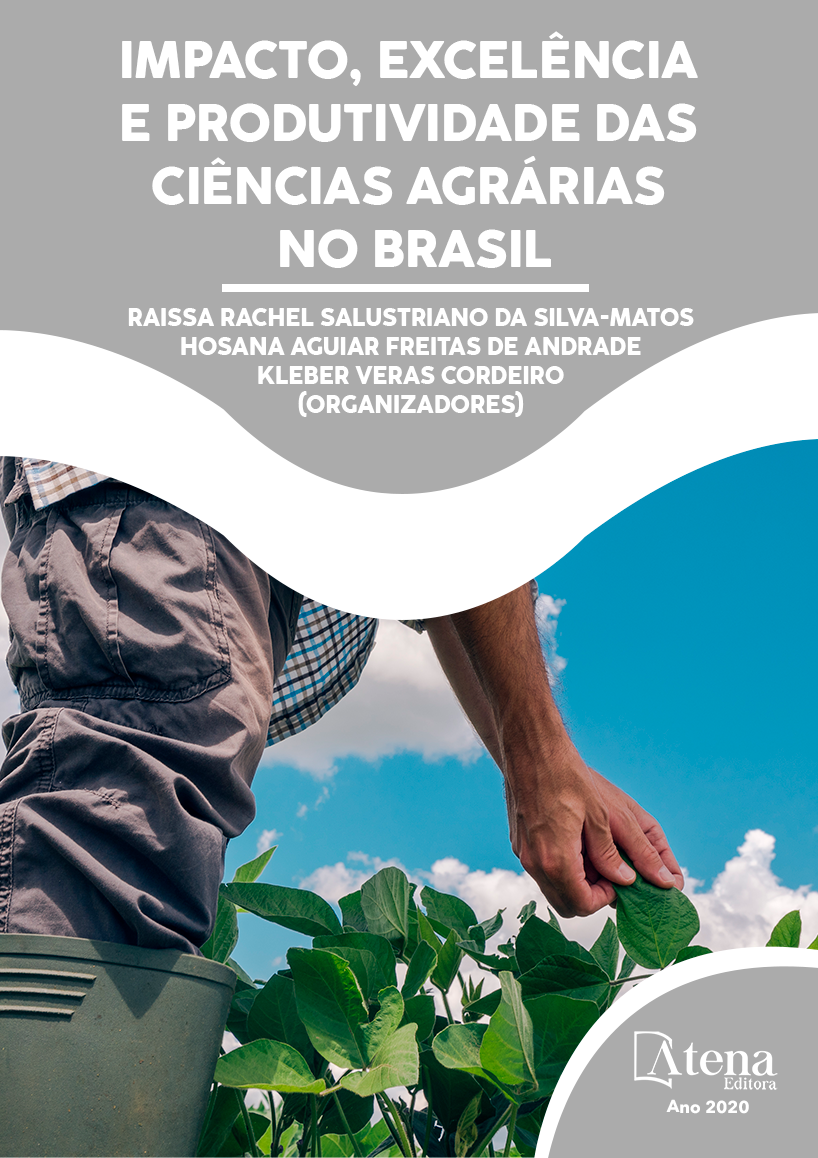
AVALIAÇÃO DE CARACTERES MORFOAGRONÔMICOS DE MILHO NO NORTE DE MATO GROSSO E SUDESTE DE RONDÔNIA
O milho (Zea mays L.) é uma cultura de grande importância econômica no mundo, sendo caracterizado pelas suas mais diversas formas de uso, que vão desde o consumo humano e animal até a indústria de alta tecnologia. O objetivo deste trabalho foi avaliar os caracteres morfoagronômicos, relacionados à produtividade de grãos, de 36 híbridos simples de milho provenientes do ensaio elite 2018/2019 da Embrapa/CNMS, em três diferentes ambientes do norte de Mato Grosso e sudeste de Rondônia. O 36 híbridos foram avaliados em três ambientes: Vilhena-RO, Alta Floresta-MT e Carlinda-MT. Os experimentos foram realizados em látice quadrado (6x6), em duas repetições. As características avaliadas foram florescimento feminino (FF), altura da planta (AP), altura de espiga (AE), número de espigas (NE), produtividade de grãos (PG) e massa de sabugo (MS). Os dados foram submetidos a análise de variância conjunta e ao teste de comparação de médias de Tukey (p<0,05). A interação GxA foi significativa apenas para os caracteres NE, PG e MS. Em média, NE, PG e MS foram, 36 espigas, 10168 Kg.ha-1 e 2050 Kg.ha-1, respectivamente. O coeficiente de variação (CV) variou de baixo a médio, conferindo boa precisão experimental. Em média, a PG nos ambientes de Alta Floresta-MT e Vilhena-RO foram de 10679 Kg.ha-1 e 10364 Kg.ha-1, respectivamente, diferenciando-se estatisticamente do ambiente de Carlinda-MT, com 9455 kg.ha-1. Para o ambiente de Vilhena-RO, os híbridos que apresentaram PG superior a 13 ton.ha-1 foram os híbridos DKB310PR02 e 1P2237. No ambiente de Alta Floresta-MT, os híbridos 1M1807, DKB310PR02, 1P2184 e 1P2215 se mostraram mais produtivos, com PG superior a 12250 kg.ha-1. Já em Carlinda-MT o híbrido 1P2247 demonstrou maior desempenho produtivo, com 11921 Kg.ha-1. Portanto, por apresentarem média de PG individual superior à média geral por ambiente, estes híbridos podem ser recomendados para serem cultivados nas regiões testadas neste estudo.
AVALIAÇÃO DE CARACTERES MORFOAGRONÔMICOS DE MILHO NO NORTE DE MATO GROSSO E SUDESTE DE RONDÔNIA
-
DOI: 10.22533/at.ed.7512002049
-
Palavras-chave: Zea mays L., híbridos elite, melhoramento genético.
-
Keywords: Zea mays L., elite hybrids, genetic breeding.
-
Abstract:
Corn (Zea mays L.) is a crop of great economic importance in the world, being characterized by its different ways of use, ranging from human and animal consumption to the high technology industry. The objective of this work was to evaluate the grain yield, related to morphoagronomic characters of 36 single maize hybrids from the Embrapa/CNMS elite test (2018/2019), in three different environments in north of Mato Grosso and southeast of Rondônia. The 36 hybrids were evaluated in three environments: Vilhena-RO, Alta Floresta-MT and Carlinda-MT. The experiments were performed in square lattice (6x6), in two replications. The characteristics evaluated were female flowering, plant height, ear height, number of ears, grain yield and corncob mass. The data were submitted to variance analysis and Tukey mean test (p <0.05). The interaction GxA was significant only for number of ears, grain yeld and corncob mass, that on average, were 36 ears, 10168 Kg.ha-1 and 2050 Kg.ha-1, respectively. The coefficient of variation (CV) ranged from low to medium, giving good experimental precision. On average, the grain yeld in the environments of Alta Floresta-MT and Vilhena-RO were 10679 Kg.ha-1 and 10364 Kg.ha-1, respectively, differing statistically from the environment of Carlinda-MT, with 9455 kg.ha -1. In the Vilhena-RO environment, the hybrids with higher grain yeld than 13 ton.ha-1 were the hybrids DKB310PR02 and 1P2237. In the Alta Floresta-MT environment, the hybrids 1M1807, DKB310PR02, 1P2184 and 1P2215 were more productive, with grain yeld higher than 12250 kg.ha-1. In Carlinda-MT, the hybrid 1P2247 showed higher productive performance, with 11921 Kg.ha-1. Therefore, because they present individual grain yeld average higher than the general average by environment, these hybrids can be recommended to be cultivated in the regions tested in this study.
-
Número de páginas: 11
- Ana Aparecida Bandini Rossi
- Auana Vicente Tiago
- Paulo Evaristo de Oliveira Guimarães
- Vicente de Paulo Campos Godinho
- Flávio Dessaune Tardin
- Roberto dos Santos Trindade
- Renan Colavite dos Santos
- Marry Suelly Ferreira de Jesus
- Leticia de Souza Pogalsky
- Angelo Gabriel Mendes Cordeiro
- Joameson Antunes Lima
- Guilherme Ferreira Pena


